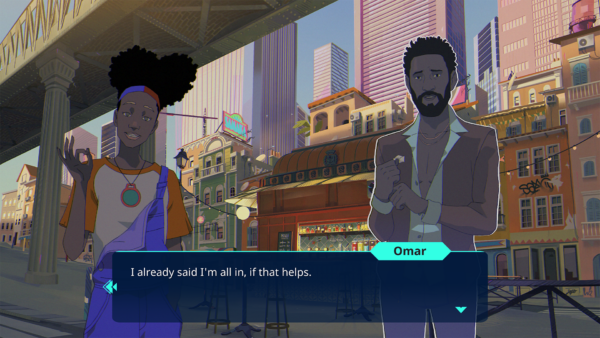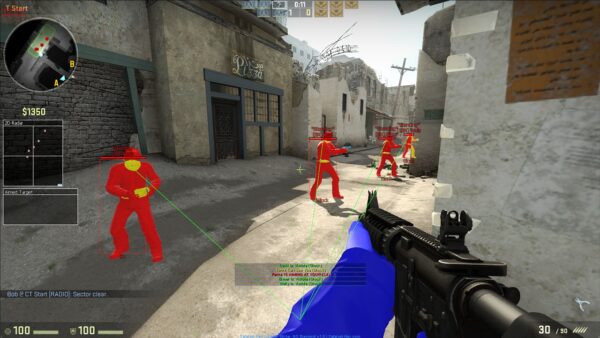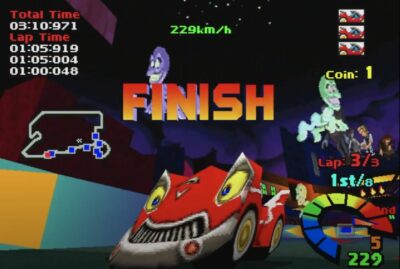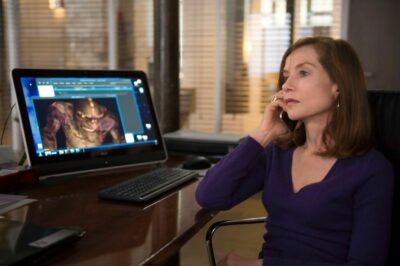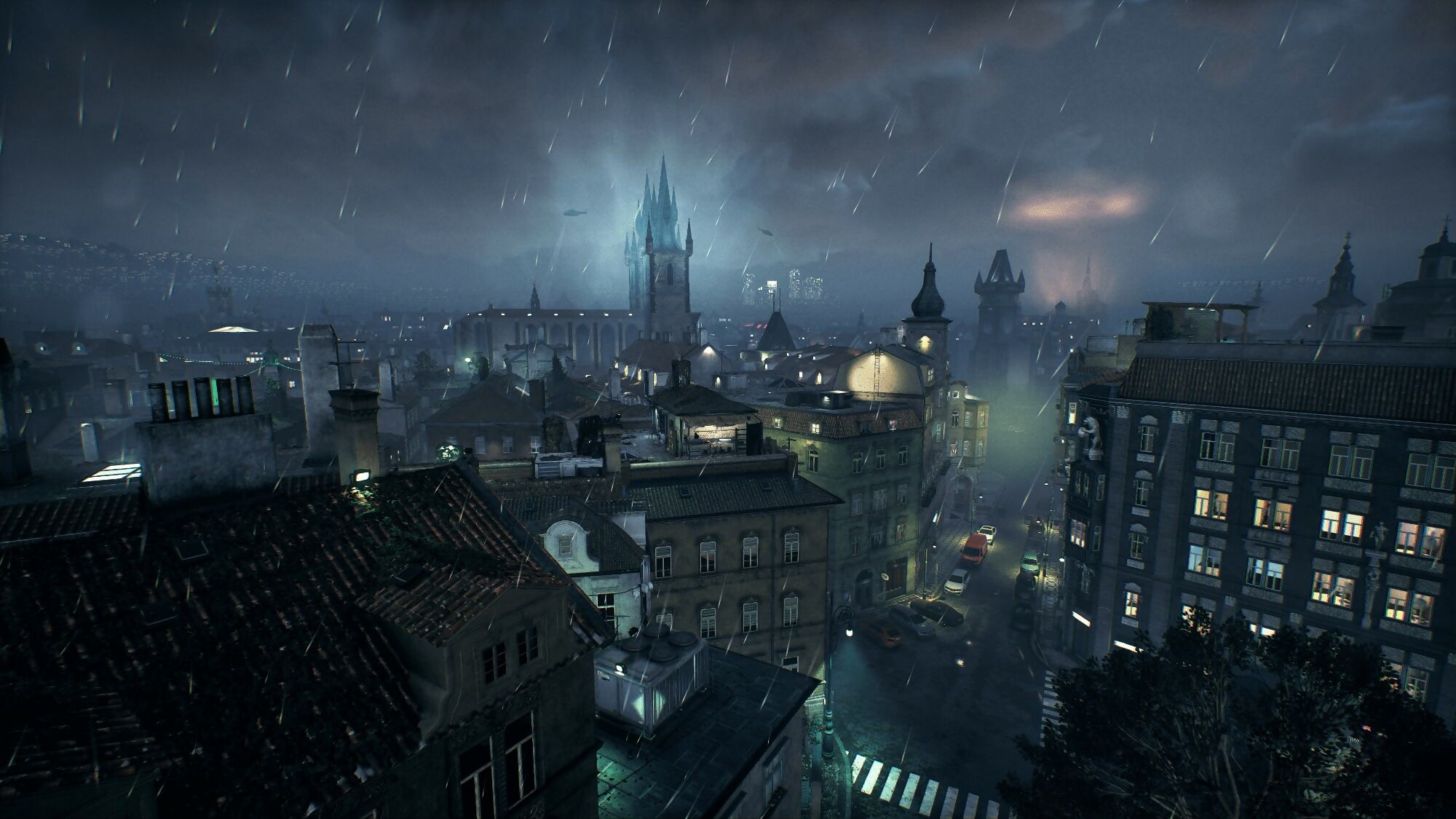
I wouldn’t dare call myself a connoisseur of battle royale games, but both pen and paper RPG Vampire: The Masquerade and the city of Prague hold a certain, almost unavoidable allure. I simply had to try VtM: Bloodhunt by Sharkmob, then, for it is indeed a battle royale game set in Prague, and one that also lets players run around and kill each other using interesting weapons and supernatural, vampiric powers. All in the middle of stunning re-creations of the city’s landmarks and cobblestone streets.
Admittedly, I found myself thoroughly entertained by the actual game, and often impressed by the urban environment Sharkmob has crafted. Also, I had questions. Here, then, is Craig Hubbard, Game Director of Bloodhunt, to answer them, and tell us more about the urban and level design considerations that shaped the team’s version of the city.
If you had to describe Bloodhunt’s Prague in a few words, how would you do it?
Craig Hubbard: It’s a stylised, reimagined version of Prague’s Old Town, that tries to capture and honour the beauty and spirit of the city. It also embellishes the geography, architecture, and character of certain districts, both for tonal and gameplay variety reasons, and to suit the IP.
Did setting Bloodhunt in the Vampire: The Masquerade universe influence your approach to city design?
Very much so. Our vampires spend a lot of time on rooftops, so it was important to pay attention to, and vary roof architecture and materials. The Environment Art team took a ‘biome’-type approach, thinking of certain areas almost in terms of terrain features. Some areas have thickets of antennas and chimneys, some are more geometric and modern, some can be flatter or steeper, and so on.

How much of the real Prague can we find in Bloodhunt?
The game includes a section of town east of the Vltava. Some of the more dramatic changes we made are at the periphery of the playspace, with the train station moved closer, an industrial-themed area added to the south, the unfinished mall and parking lot in the north-east, and so on.
What are your favourite places in your version of Prague?
Aesthetically, I’m very fond of the areas along the river, especially Rudolfinum and Charles Bridge. I like to go to different parts of the map from session to session.
Condensing a city the size of Prague is always a challenge. How did you approach it?
The team decided on locations that had to be represented accurately, such as the Charles Bridge, the Astronomical Clock, Rudolfinum, and so on. We then determined where there was an opportunity or need to vary the landscape and add more exaggerated landmarks.
We started with a rough, basic layout that we could run around in, then continuously iterated to replace placeholder assets with increasingly polished versions. When the architecture and props had been placed, bug-fixing had taken place, and performance optimisations were done, we moved on to finalise lighting and colour-grading to try and provide each area with its own character and emphasise its atmosphere.
How faithful were you to the actual city?
I’d say the game is very faithful in certain places, especially when it comes to some of the more famous attractions of the city, and takes complete liberties in others, for all the reasons I mentioned. I guess it’s somewhat similar to how cities are represented in films, where locals will notice that things are in the wrong places and some locations are dressed up a bit more dramatically than they appear in real life, but you can also recognise a lot of the actual geography.
What does a game city need in order to host a battle royale game?
Most battle royale games are set on terrains with structures scattered around, which makes it fairly easy for players to find their way around and locate loot. It’s also easier for developers to make sure that different locations provide varied combat experiences. Setting this kind of game in a high fidelity city at night with complete freedom of movement introduces a lot of challenges. It’s easy to get lost or turned around and fights could get samey if the architecture were the same everywhere. Part of the solution was the biome-like approach I mentioned, but for gameplay variety and navigability, we decided to feature some landmarks that fit the themes and lore of the game, such as a big Gothic cemetery, an abandoned, under-construction mall, an entire block being torn down for renovation, etc.
How can city design also accommodate vampiric superpowers?
Once the setting was chosen, it became a filter for evaluating gameplay ideas. Basically, everything we did needed to work in our version of Prague. That went not only for the movement-oriented abilities, but also for the tactical or combat abilities. Ultimately, Prague is such a core part of the game’s identity that it’s not even something the team needed to consciously think about. It was just a given.
Urban rooftop battles are a fascinating idea. What were your level design considerations?
Being able to climb any surface presented a lot of challenges and headaches for level designers and environment artists. There was so much beautiful architecture in the city that is amazing to behold, but also presented challenges for our movement mechanics – it’s very easy to get hung up on visually interesting irregularities and protrusions. So, there was a lot of iteration, and many compromises were made on the physical surfaces you interact with and the geometry you see. That’s true in most games, of course, but it was especially important for us.


